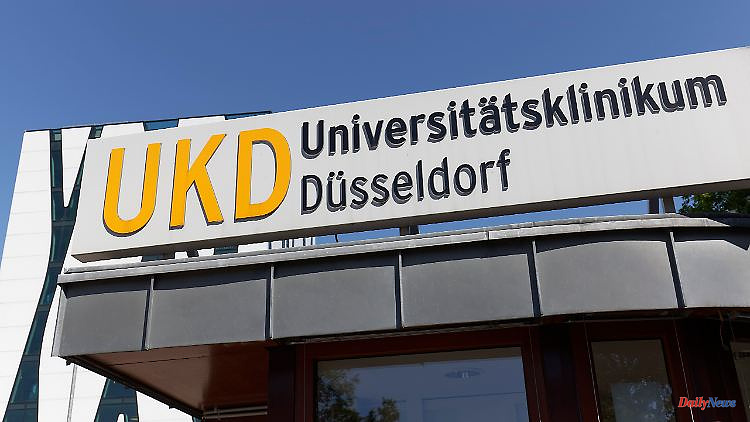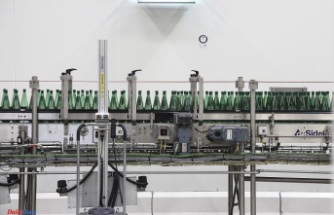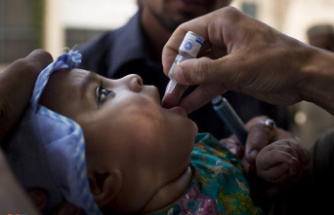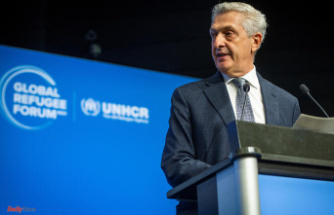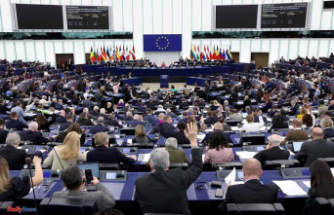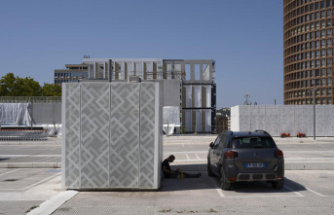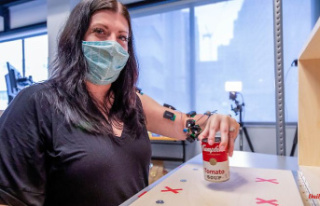Doctors from Düsseldorf are trying to cure a patient of HIV and cancer with a stem cell transplant. Ten years later, the doctors are certain: the diseases have been defeated. What helped the "Düsseldorf patient" could also save other patients. But until then it is still a long way.
For the third time in the world, a cancer patient with HIV has been successfully cured of both diseases with the help of a stem cell transplant. This is reported by doctors from the University Hospital Düsseldorf in the journal "Nature Medicine".
After such a therapy had already been used successfully in the "Berlin patient" and the "London patient", the research team hopes to find treatment options for HIV-infected people without cancer and is relying on gene therapy approaches. However, independent experts still see serious obstacles.
In 2011, three years after his HIV diagnosis, the "Düsseldorf patient" was diagnosed with acute myeloid leukemia (AML) - a form of blood cancer. In 2013 he received a stem cell transplant. "Right from the start, the aim of the transplantation was to get both the leukemia and the HI virus under control," explained Guido Kobbe from the University Hospital in Düsseldorf, who carried out the operation.
The stem cells - like those of two comparable cases from Berlin and London - had a specific gene mutation called CCR5-Delta32. This mutation ensures that there is no docking site for HIV on the immune cells. Without them, the virus cannot find an entry point and cannot infect the cells, which makes carriers of the mutation almost resistant to the pathogen.
In fact, the transplant resulted in remission of HIV symptoms, so in 2018 the treatment team decided to discontinue antiviral HIV therapy. Monitoring the patient for several years demonstrated the ongoing success: Today, the scientists speak of a complete recovery of the now 53-year-old.
The research team hopes that in the future it will be possible to treat infected people without cancer by transplanting gene-edited stem cells. The mutation would be introduced, for example, by using gene scissors such as CRISPR/Cas and combined with strategies that reduce the HIV reservoirs in the body. According to experts, there is still a long way to go until then, partly because of the side effects.

